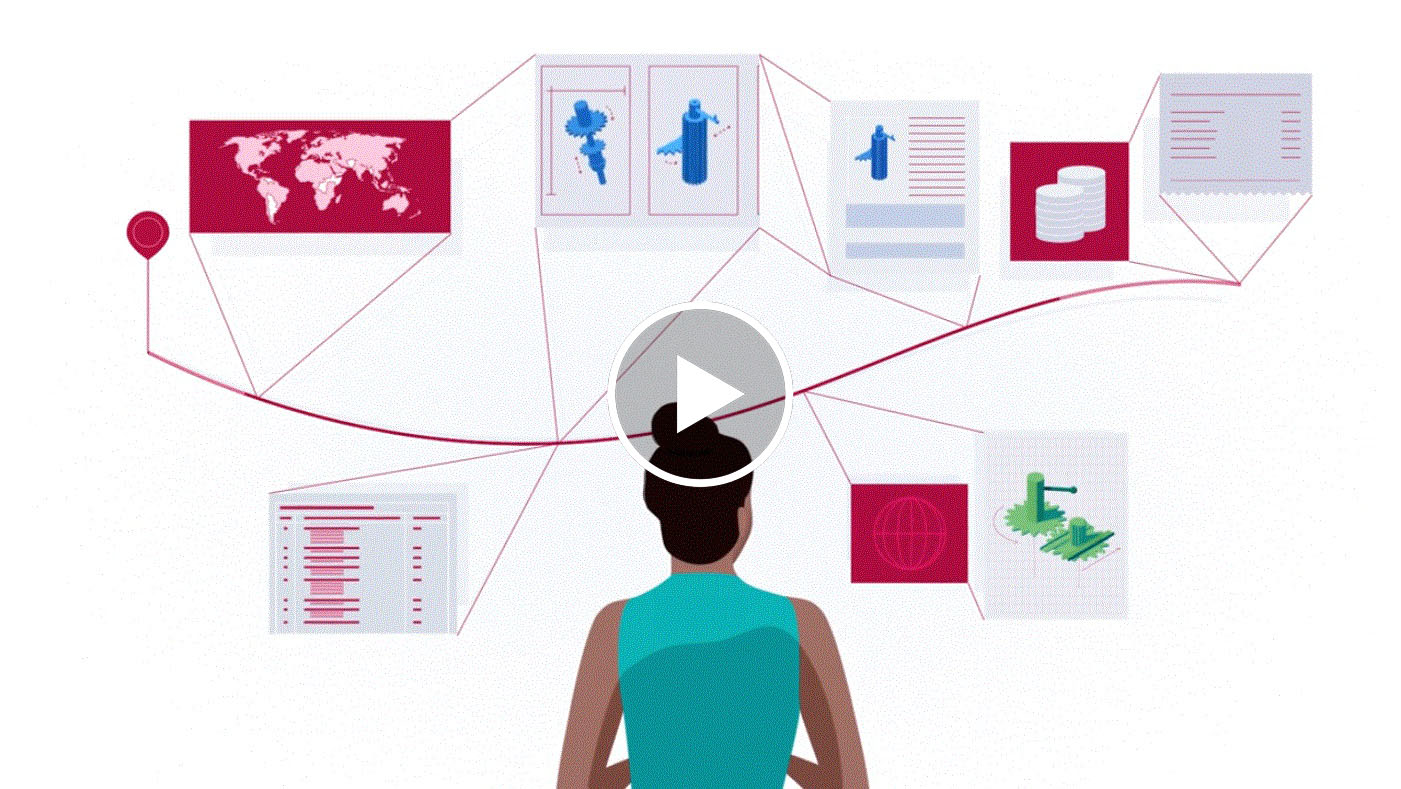
PCT Summary for New Users
Welcome to the Patent Cooperation Treaty (PCT) system.
If you found this page, it is probably because:
a) you are interested in protecting an invention in countries other than your own by obtaining a patent or similar type of protection; and
b) you have heard that the PCT system may help you do that.
This short summary explains how the PCT system works, as part of a strategy to protect your invention in other countries.
What is the PCT | Filing a PCT Application | The PCT Process | The National Phase | Learn More
What is the PCT?
The PCT system, a service based in a WIPO Treaty, allows innovators to seek patents internationally through a single, rationalized procedure.
Under the PCT system, you can file one PCT application in one language at one patent office, within 12 months from the date of the earliest patent application that you have filed for the same invention (the “priority date”). This one PCT application has the same legal effect as filing separate patent applications in the more than 150 PCT member countries (known as “Contracting States”).
By using the PCT system, you can postpone paying significant national patent-related fees while you learn about the likelihood of having a patent granted for your invention. You benefit from more time and information to help you decide whether, and in which countries, to pursue patent protection.
Filing a PCT Application
You are entitled to file a PCT application if you are a national or resident of a country that is a PCT Contracting State. If there is more than one applicant named in your PCT application, only one of those applicants must meet this requirement.
You must submit a PCT application to a “receiving Office” that is eligible to receive it, based on the applicant’s nationality or residence. Most national and regional patent offices of PCT Contracting States act as receiving Offices, as does the International Bureau of WIPO.
Your PCT application should contain all of the following:
A “Request” that includes:
- Title of the invention
- Bibliographic data about the applicant(s) and any appointed representative(s): names, addresses, nationality and residence indications, and contact details
- Data about any patent application previously filed for this invention (“priority claim”): application number, filing date, country of filing
- Selection of an eligible International Searching Authority (ISA): a leading patent office associated with your receiving Office will conduct an international search on your invention. You must indicate in your PCT application which ISA you would like to conduct this search (Note: fees and language requirements differ between ISAs)
- Signature: either an applicant or an appointed representative should sign the PCT application; if signed by a legal representative, a power of attorney is required
The application body, containing:
- Description: a written explanation of the invention clear enough that a person with a background in your invention’s particular technical field invention could reproduce the invention from the information provided (Note: certain States also require the description to contain information on the best method for carrying out the invention)
- Claims: a set of numbered paragraphs that define the scope of your invention
- Drawings of the invention: required only if necessary to understand the invention
- “Abstract”: a short summary of the invention.
You can file your PCT application in any language accepted by the receiving Office. If the PCT application is in a language not used by the ISA, you will be required to submit a translation in a language accepted by that ISA.
Most applicants file PCT applications electronically. WIPO recommends that you prepare and file your PCT application using “ePCT”, WIPO’s online service designed to help applicants file PCT applications, as well as securely monitor and interact with their applications after filing.
You pay a set of three fees when filing your PCT application:
- an international filing fee of 1,330 Swiss francs;
- a search fee, which varies from approximately 150 to 2,000 Swiss francs, depending on the ISA chosen; and
- a transmittal fee, which varies depending on the receiving Office.
Fees are payable in the currency set by the receiving Office.
Fee reductions may apply depending on type of applicant(s), the receiving Office and ISA chosen, and whether the PCT application is filed electronically.
If your PCT application does not comply with the formality requirements outlined above, the receiving Office will invite you to submit corrections.
The PCT Process
The National Phase
At the end of the PCT procedure, you must decide whether to continue pursuing protection for your invention and in which countries. If you decide to move forward, you will need to “enter the national phase” with your PCT application, where each national or regional office you select will assess your patent application.
Time limit
The time limit for “entering the national phase” is generally 30 months from the priority date. To enter the national phase, some national or regional Offices will require you to translate your PCT application. You must also pay filing and processing fees to each office, and in most countries, appoint a local patent representative to assist you.
Procedure
In the national phase, the national and regional patent Offices assess your patent application according to their national laws and procedures, taking into account the results of the PCT search and examination received from WIPO.
Learn more
More resources are available on the PCT website, including:
